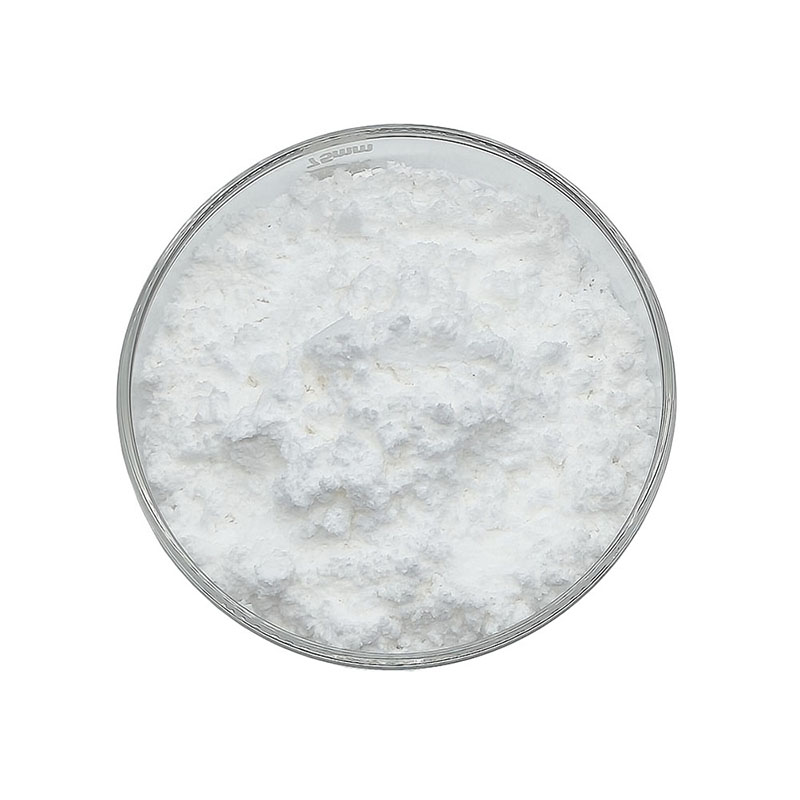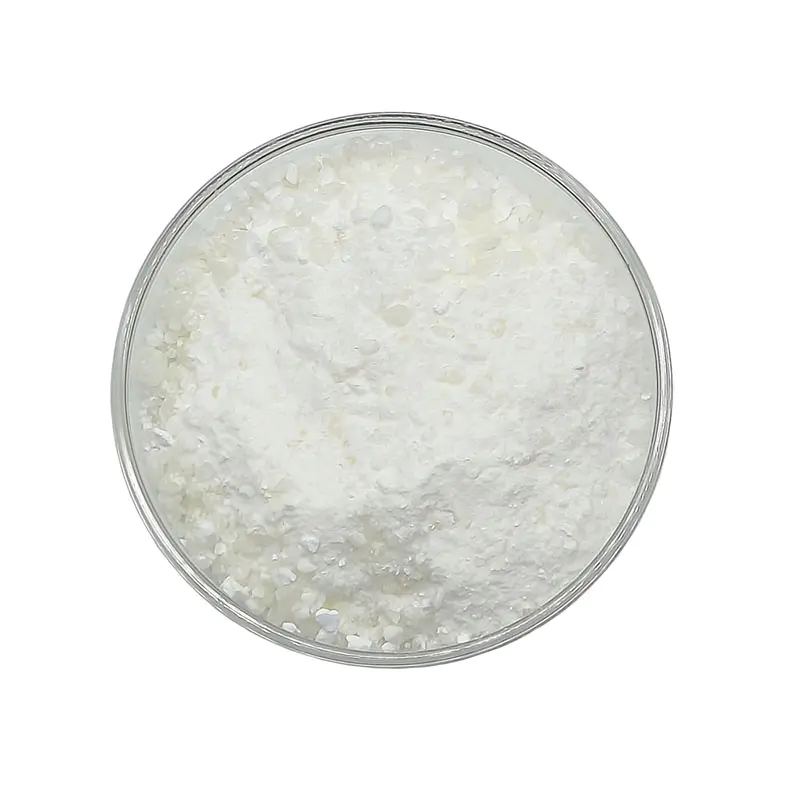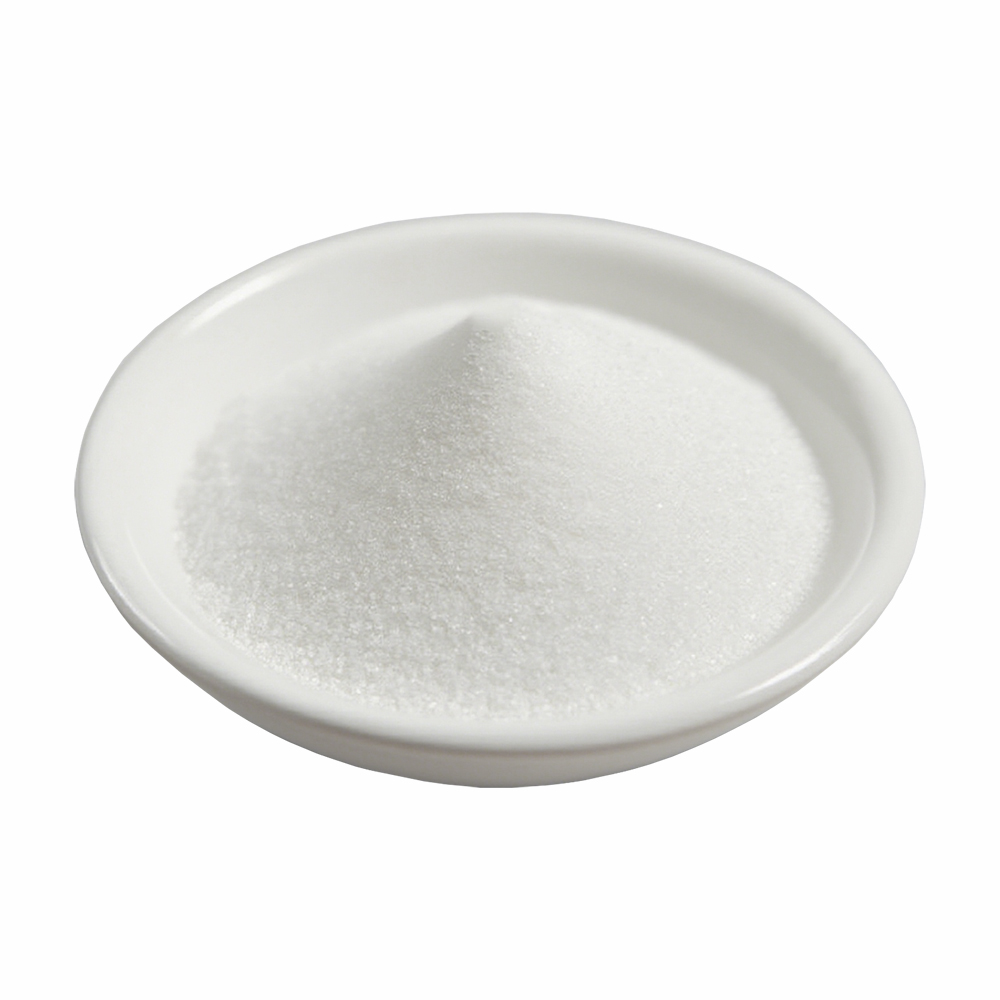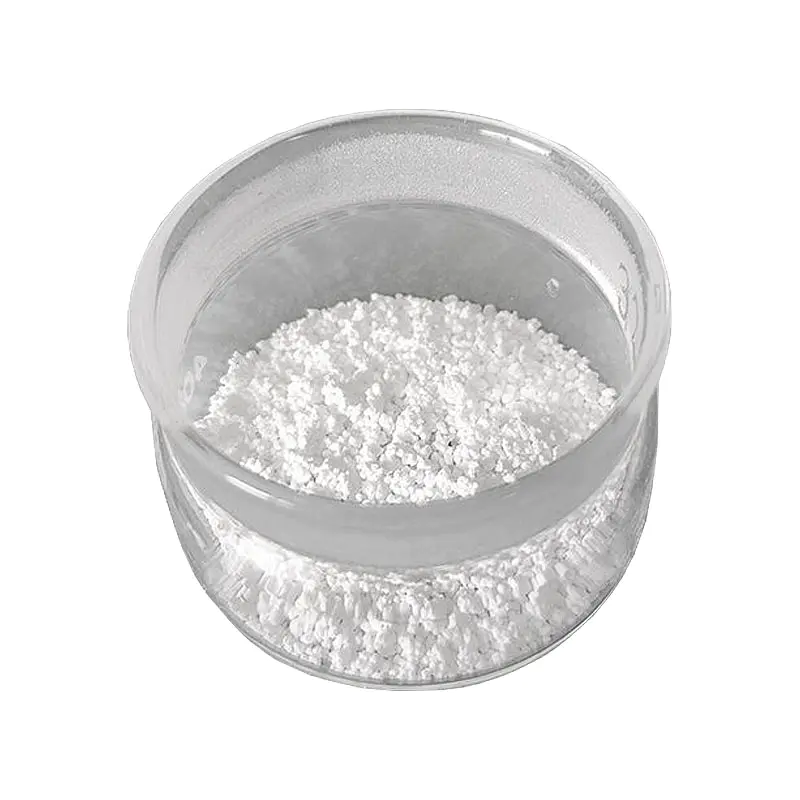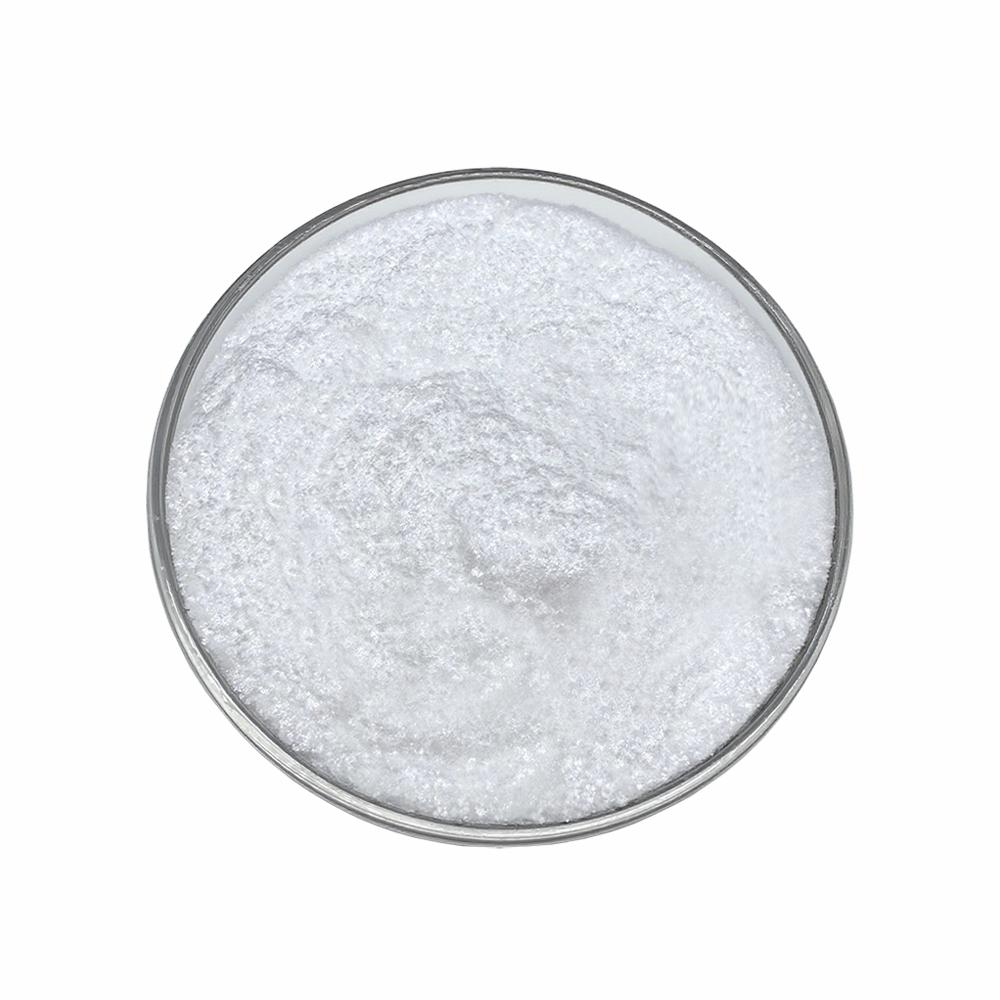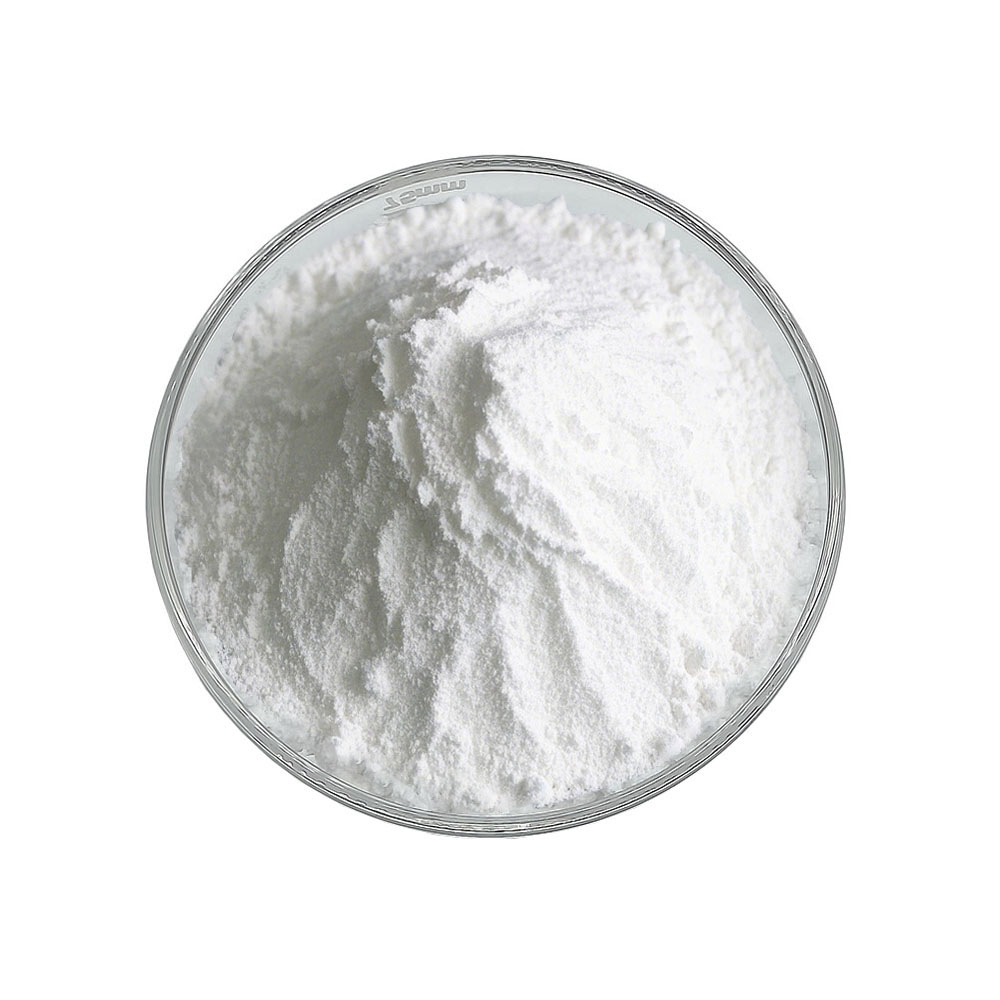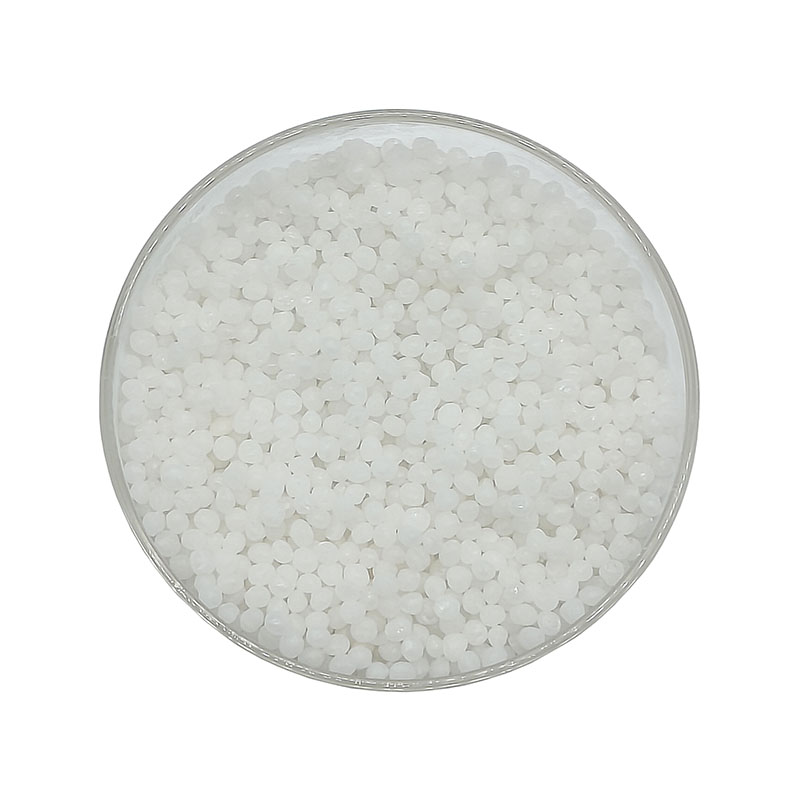Search By Posts
Product Category
Industry News
 By Admin
By Admin
How is a Novel Polymer Material Driving Innovation in Insulation and Electronic Packaging Technology?
Fundamental Properties and Structural Analysis of Benzene,1,4-bis(1-methylethyI)-Homopolymer
The Benzene,1,4-bis(1-methylethyI)-Homopolymer stands as an exceptional new class of polymer material, whose unique chemical structure forms the very foundation of its outstanding properties. The molecular backbone of this material is meticulously constructed from repeating monomeric units of benzene,1,4-bis(1-methylethyI)-, resulting in a highly ordered and remarkably stable polymer chain. This precise arrangement not only bestows the material with superb thermal stability, allowing it to maintain its structural integrity in extreme high-temperature environments, but also provides it with excellent electrical insulation capabilities. The key to its superior performance lies in this exact structural control and a high degree of purity, enabling the material to excel in industrial applications with the most stringent performance requirements, particularly where long-term stability and reliability are paramount. A profound understanding of this homopolymer’s structure provides a crucial theoretical framework for future material property regulation and the development of new applications.
Core Technologies in the Synthesis of this High-Performance Polymer
The synthesis of this sophisticated polymer material is a highly precise and systematic process, with its core technology centered on the meticulous control of the polymerization reaction. The process typically requires specific conditions of temperature, pressure, and a carefully chosen catalyst system to ensure that the monomers are efficiently and orderly converted into the homopolymer. Selecting the right catalyst is critical for achieving high conversion rates and high purity, as different catalysts can influence the final product’s molecular weight distribution and structural regularity. Following polymerization, a series of post-processing steps, such as purification and drying, are carried out to remove unreacted monomers, solvents, and catalyst residues. This rigorous process is the cornerstone of ensuring the material’s quality and stability, which in turn is a prerequisite for its use in high-end applications.
Breakthrough Applications in the Field of High-Temperature Insulation Materials
Thanks to its exceptional thermal stability and electrical insulation properties, this homopolymer has enabled groundbreaking applications in the field of high-temperature insulation materials. Conventional insulating materials often suffer from softening, degradation, or a decline in insulation performance at high temperatures, which severely limits their use in high-performance equipment. In stark contrast, this novel polymer can maintain its insulating properties at temperatures far exceeding the capabilities of standard materials, effectively preventing current leakage and short circuits. This significantly enhances the operational stability and safety of devices. Whether in aerospace, power equipment, or high-end electronics, this material provides reliable insulating protection for critical components, ensuring long-term stable operation in harsh working environments and offering a solid material foundation for technological advancements.
The Critical Role of Benzene,1,4-bis(1-methylethyI)-Homopolymer in Electronic Packaging
Furthermore, the Benzene,1,4-bis(1-methylethyI)-Homopolymer plays an irreplaceable role in the field of electronic packaging. In modern electronic devices, the materials used to package chips and sensitive components must meet a multitude of stringent requirements, including outstanding insulation, superior adhesion, low dielectric loss, and excellent thermal management capabilities. With its unique set of properties, this homopolymer perfectly aligns with these demands. It provides effective physical and electrical protection for chips, shielding them from external environmental factors. Its low dielectric loss characteristic also helps to minimize energy loss during signal transmission, thereby boosting the speed and energy efficiency of electronic devices. As chips become thinner and more integrated, the application of this high-performance packaging material is becoming increasingly crucial for safeguarding the reliability and performance of electronic products.
Future Outlook and Performance Enhancements of the Material
Looking to the future, the material performance and application prospects of this homopolymer are exceptionally broad. As science and technology continue to advance, the demand for high-performance materials is growing exponentially. This homopolymer’s outstanding performance in areas such as thermal stability, electrical insulation, and mechanical strength gives it immense potential in numerous emerging fields. For instance, this material will play a pivotal role in insulating protection for electric vehicle battery management systems, high-frequency dielectric applications in 5G communication equipment, and flexible packaging for wearable technology. By further optimizing its synthesis process, exploring new composite material formulations, and delving deeper into its microstructure, we can anticipate the development of even more superior and versatile new materials, providing a solid foundation for breakthroughs in a variety of cutting-edge technologies.



 English
English 中文简体
中文简体
